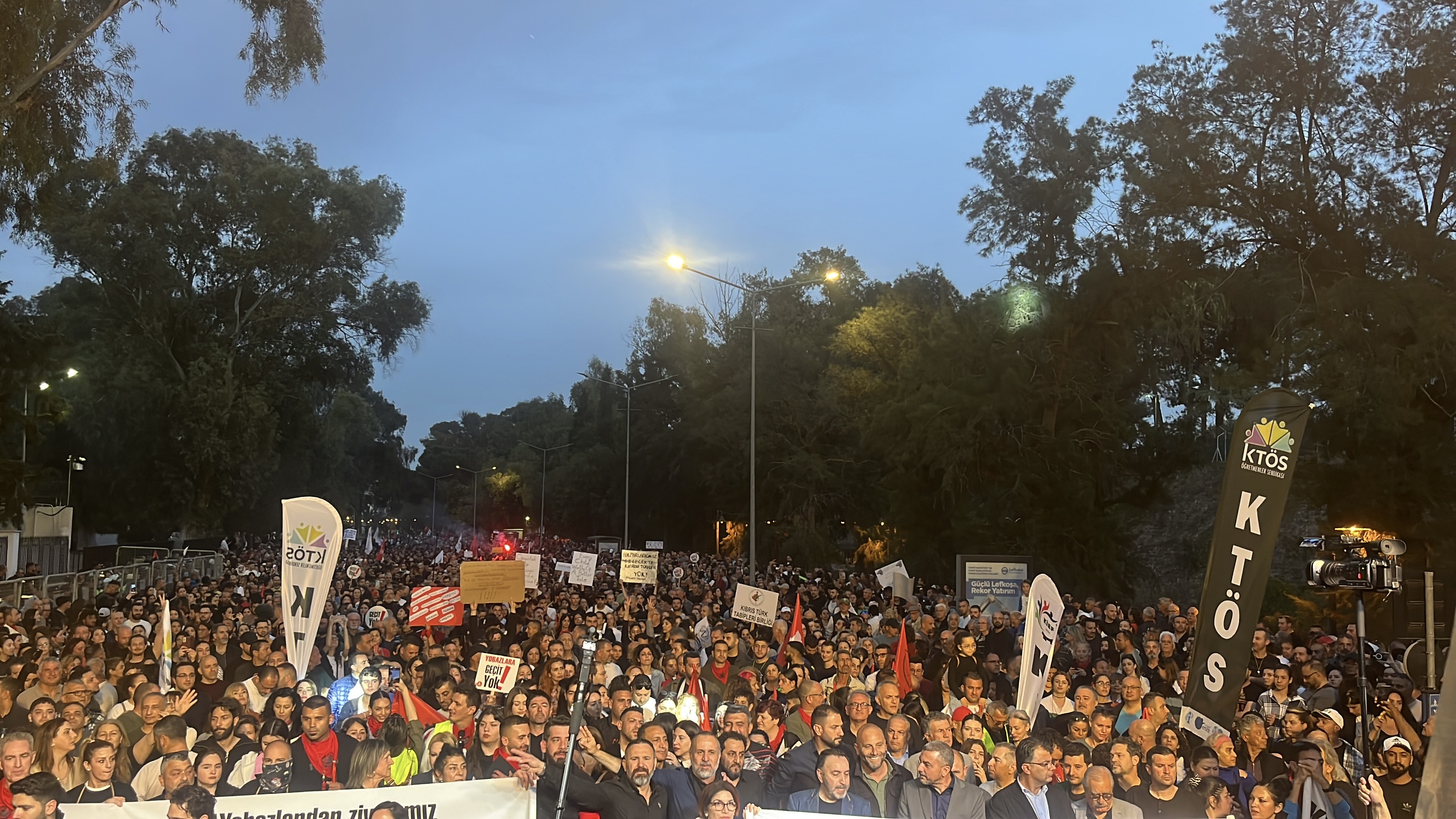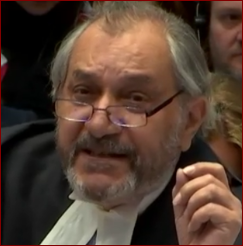The case for updating and refining secular Kemalism among Turkish Cypriots
The headscarf controversy in Turkish Cypriot schools after a regulation governing school dress was changed to authorise schoolgirls to cover their heads raises human rights issues the European Court of Human Rights (ECtHR) addressed in a number of cases, even if the underlying issue in the “Turkish Republic of Northern Cyprus TRNC” is political.
The cases before the ECtHR have been primarily from France, the country of Laïcité (Laiklik in Turkish), and Turkey where it was formally transplanted in 1937 shortly before Kemal Ataturk died, surreptitiously uprooted by President Erdogan and his religious AKP party in the 21st century.
Laïcité is a form of assertive secularism in which the state is religion neutral – the diametrical opposite of the Caliphate and the Catholic Pope. It holds that religion is a private matter between the individual and his or her faith and that the outward manifestation of religious belief in state institutions is strictly forbidden and the state stands guard of the separation of government and politics from religion and vice versa.
Laïcité was introduced in Turkey incrementally by Kemal Ataturk after he established the Turkish Republic in 1923. It involved the abolition of the Caliphate, sharia law and religious courts; removal of Islam as the state religion; closure of Islamic schools; and a ban on wearing religious clothes in public spaces like schools, universities, government offices, parliament and the courts. It culminated in the formal adoption of Laïcité into the Turkish constitution in 1937 that with the change from the Arabic to the Latin alphabet and early voting rights for women westernised Turkey in the image of its founder Ataturk and gave birth to Kemalism.
Prior to the arrival on the scene of Recep Tayyip Erdogan in 2003, many in Turkey felt that the assertive secularism of the military elite was unrepresentative of the whole of Turkish society, particularly in the countryside. There was a need for corrective reform, more to refine Kemalist Laïcité than abandon it altogether.
Unfortunately it was perceived as elitist and associated with military rule and did not evolve across the whole of society in Turkey as it had done in the much smaller more westernised Turkish Cypriot society where it thrived partly owing to British secular influences.
Gradually, Recep Tayyip Erdogan whose AKP came to power in Turkey in 2002 had a different agenda and abandoned secularism altogether. Turkey is now more assertively Muslim than secular.
The position in the Republic Cyprus (RoC) since independence was as unique as it was and remains fascinating. From independence in 1960 to 1977 the president of the RoC was also head of the Christian Orthodox Church of Cyprus. Far from separation of church and state, the two merged in the character and personality of Archbishop Makarios whose role as ethnarch pre-independence was acquired in Ottoman times.
After Archbishop Makarios died in 1977 the law was changed and the head of the church can no longer hold political office or run for president, although no president of the RoC can afford to defy the church on important political and social questions.
By contrast the Turkish Cypriot community has always been seriously secular and although there have been changes in the urban skyline in the “TRNC” with more Istanbul style multi-minaret mosques in sight than the more authentic stone built Cypriot single-minaret variety, most Turkish Cypriots are Kemalist in their social and political outlook.
The question raised by the headscarf controversy, however, is whether there is a case for updating and refining Kemalism in Cyprus. So long as Turkish Cypriot society is not being manipulated externally from the Turkish mainland, there is no reason why the law forbidding headscarves should not be relaxed in line with European human rights law.
There are a number of arguments that favour relaxation without in the least undermining secular principles. For those of us who believe in the approximation of laws across the divide, it is incongruous that in the majority Christian RoC, Muslim schoolgirls are allowed to wear headscarves, but not in the “TRNC” where the majority population is Muslim.
The reason Muslim schoolgirls in the RoC are allowed to cover is because the European Convention on Human Rights (ECHR) guarantees a right to manifest one’s religion by wearing religious symbols and items of clothing in public spaces, provided such display doesn’t offend the rights of others. Also children have the right to education, and the state is obliged to respect the right of parents to educate their children in conformity with their religion.
As regards wearing headscarves by schoolgirls in state educational schools, human rights law says it is up to individual states depending on their national traditions – in ECHR jargon, states are given a very extensive margin of appreciation. In secular states where the state is neutral about religion the guiding principle is proportionality. And although the concept of neutrality in public education can justify a general prohibition on headscarves in states like France where assertive secularism prevails, it does not follow that a state cannot authorise wearing of headscarves in schools and remain avowedly secular.
Turkish Cypriot teachers believe the new regulation that authorises the wearing of headscarves in their schools is alien to long standing Kemalist traditions of their education system that served generations of their schoolchildren exceptionally well. But reform is also a Kemalist principle when you consider that in a free society freedom to cover is as precious as freedom not to cover.
It should be possible to devise regulatory safeguards giving head teachers the power to ensure that the wearing of headscarves remains a Turkish Cypriot inspired refinement of Kemalist secularism and not a foreign stratagem to brainwash Cypriot schoolchildren with religion.







Click here to change your cookie preferences